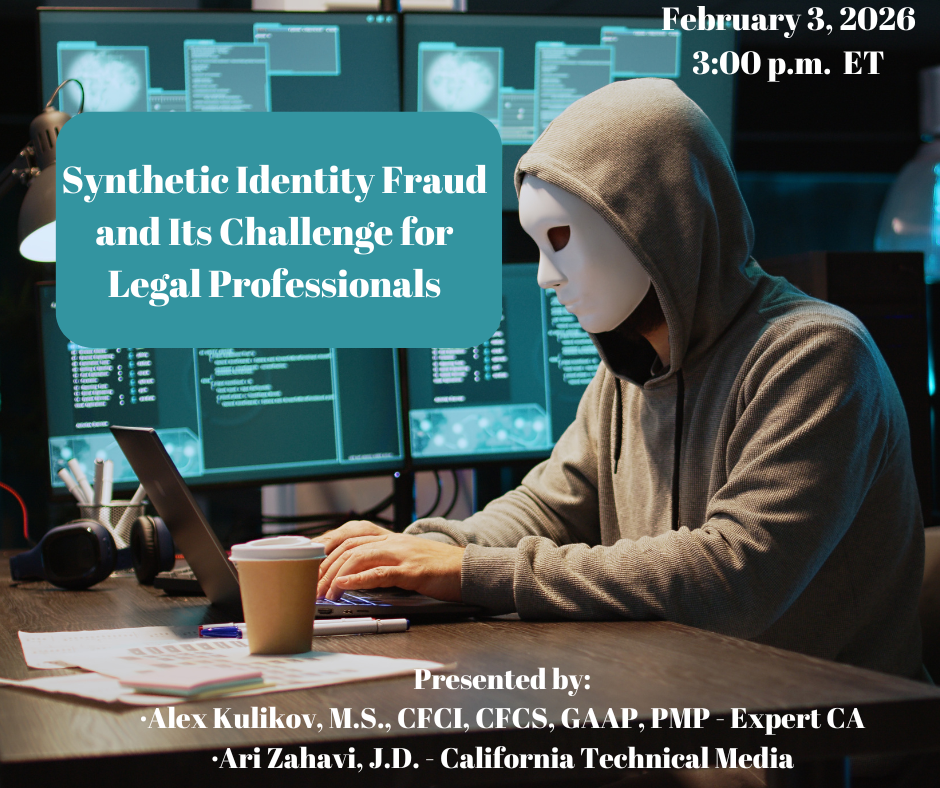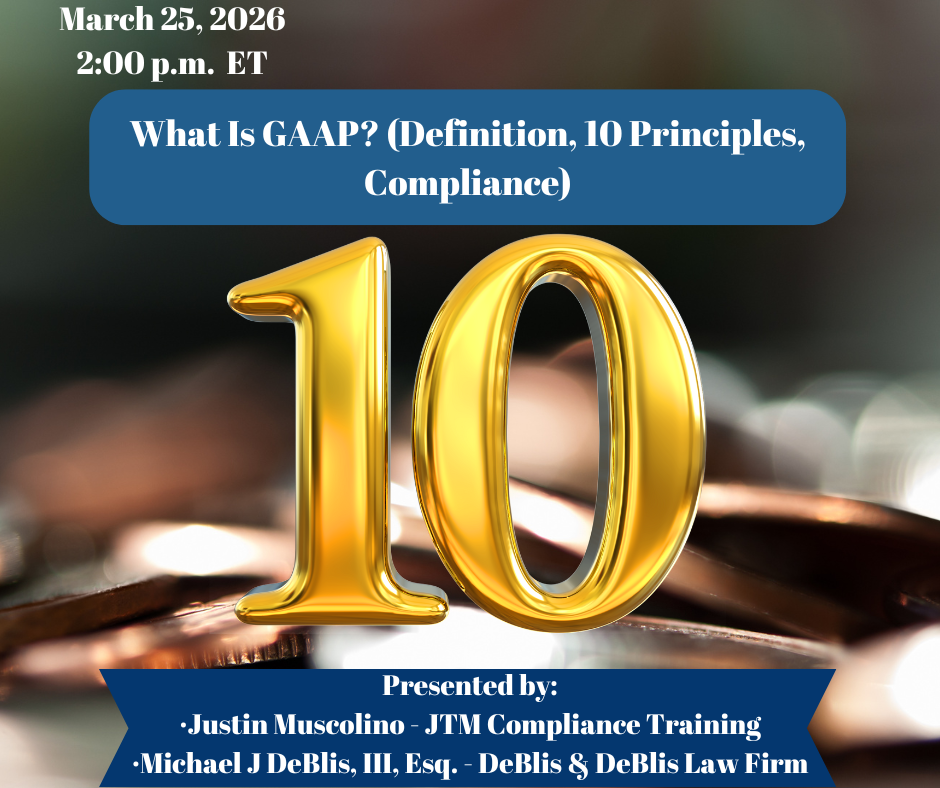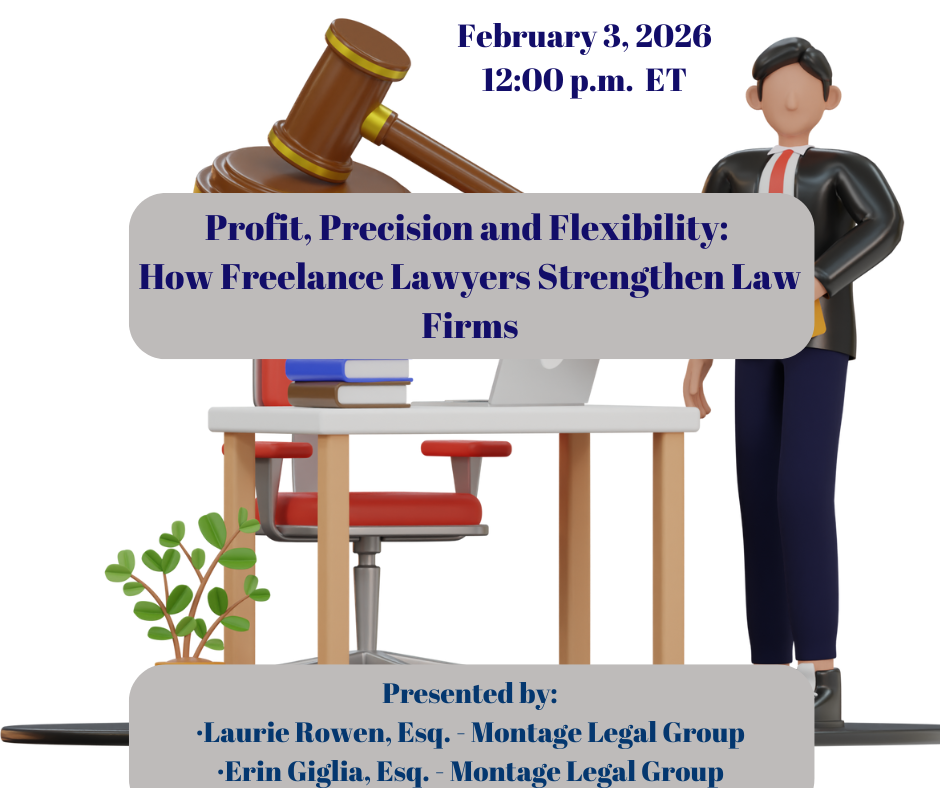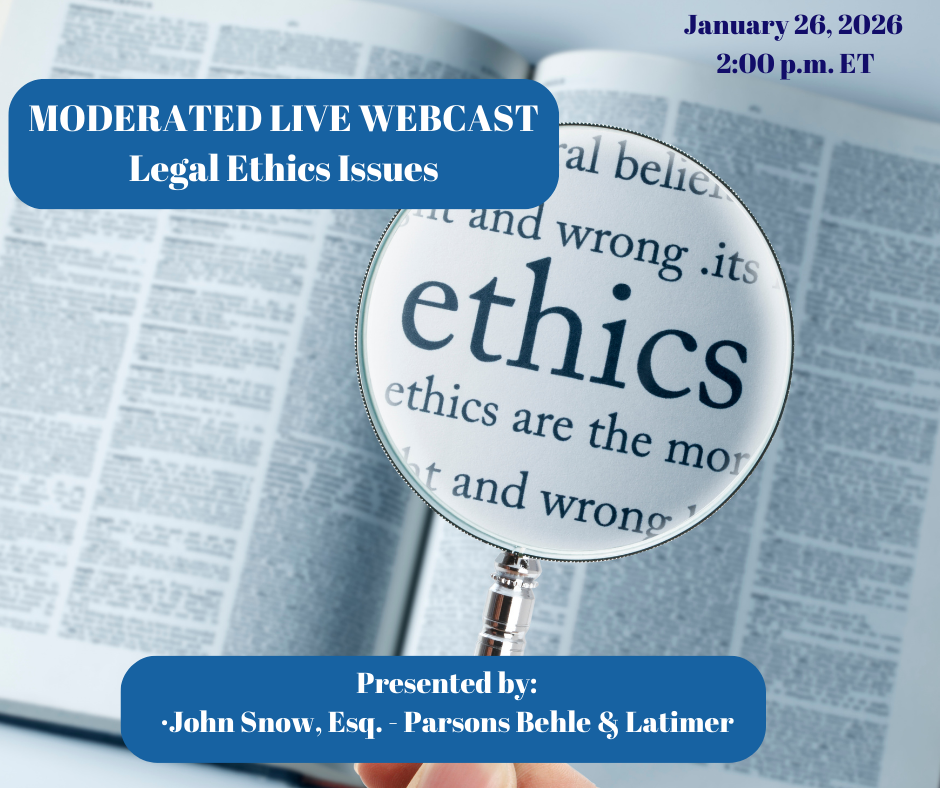
Exciting new series on “Voice, Body and Movement for Lawyers – How to connect with the jury and find Justice Through Dramatic Technique!”
Click here to find out more
The use of nominees, aiders and abettors to transfer and hide assets is common throughout all jurisdictions. Moreover, each jurisdiction has different levels of public records and information available to identify the ultimate beneficial owners of assets as well as laws related to piercing through these facades to ultimately access the assets of the debtor. With this in mind, this program is meant to give an introduction into the types of nominees, aiders and abettors, how to identify them, the availability of records reflecting ultimate beneficial ownership in various jurisdictions, and potential legal tools to use once you have sufficient evidence to show a judge that these individuals and/or entities are in fact nominees, aiders and/or abettors of the debtor.

AI tops the news seemingly every day. The technology is growing in use and application as lawyers, c...

Synthetic identity fraud creates a significant legal and compliance challenge for professionals by c...

This course breaks down GAAP’s ten foundational principles and explores their compliance impli...

Law firms across the country are rethinking traditional staffing models to stay competitive, reduce ...

The False Claims Act continues to be the federal Government’s number one fraud fighting tool. ...

Insurance companies are interesting because they are beholden to the policy holder and to investors....

Protect clients and yourself by knowing some of the more common ethical issues that can affect your ...

This Shakespeare?inspired program illustrates how Shakespearean technique can enrich courtroom advoc...

You’ve arranged to speak with a reporter. Do you know how to deliver insights that are memorab...

This course clarifies the distinction between profit and cash flow from a legal perspective. Attorne...